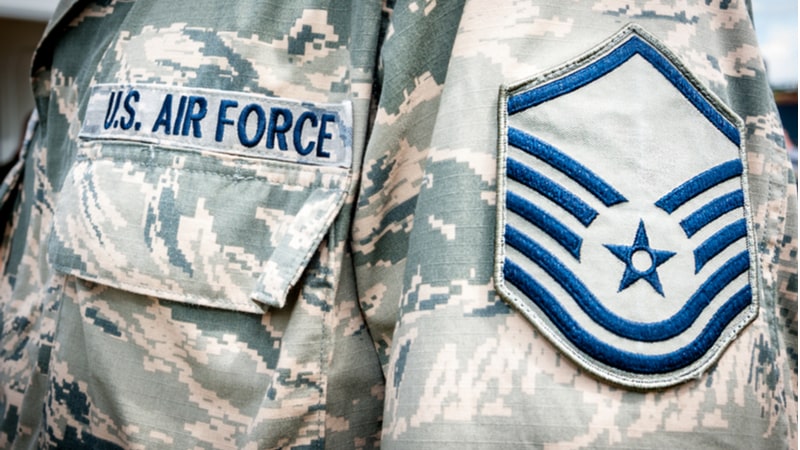
To ensure the future of U.S. air dominance and maintain a competitive advantage against adversaries, the U.S Air Force wants to use cognitive electronic warfare, artificial intelligence, and work through advanced systems integration.
According to a notice posted Sept. 9 on SAM.gov, the Air Force will launch Project Kaiju in the upcoming year, an enormous new effort to ensure the future of U.S. air dominance with plans for nine sub-tasks, all named after famous beasts.
Project Kaiju studies software-defined radio frequency, produces data for cognitive electronic warfare (EW), integrates tools into a modular framework, adds advanced capabilities to existing multi-spectrum environments, and sets up a laboratory for related hardware design fabrication testing activities.
Project Kaiju includes the following nine main tasks and technical objectives:
- Big Data for Cognitive EW Research (aka Gamera): Conduct a study investigating which key community-developed tools should be integrated into a joint and modular framework to generate big data.
- Software-Defined Radio (SDR) Research (aka King Ghidorah): Procure target systems, develop data links to interface with SDRs and other equipment to command-and-control systems, disassembly of target systems, lab, field, and flight testing, and procurement of candidate SDR hardware/software.
- Multi-Spectrum Threat Defeat (aka Mecha Rodan): Refine existing Multi-Spectrum M&S environments to add advanced capabilities (including model accuracy) and spans across electronic support and electronic attack (EA).
- RAPTURE Laboratory (aka Kumonga): Design, fabricate, test, and document special-purpose hardware to meet research and development test requirements for size, weight, and power-constrained program requirements. Perform lab and field testing of custom-designed hardware.
- EA Demo (aka Mothra): Build a reconfigurable EA processing framework to assess EA capabilities.
- Real-Time Algorithm Development (aka King Kong): Utilize government-furnished hardware architecture description to determine the viability of government-furnished non-real-time machine learning algorithms for real-time applications.
- Radio Frequency EW Demonstrator for Next Sortie Mission Data Reprogramming (aka Baragon): Develop, mature, and evaluate advanced EW algorithmic concepts to detect, sort, identify, disambiguate, and track complex emitters in complex environments.
- Advanced Threat Defeat (aka Colossus): Develop novel and cognitive electronic warfare capabilities to generate multi-layered EA techniques resulting in long-range kill webs.
- Program Management (aka Godzilla): Perform program management of scope, schedule, cost, and risk for the overall contract and each research project and development activity.
Project Kaiju is estimated to have $150 million in funding over five years, with the main contract anticipated to reach $135 million to provide for all tasks and technical requirements. Additionally, a smaller $15 million will be allocated to focus on the Mothra, King Kong, Baragon, and Colossus projects.
